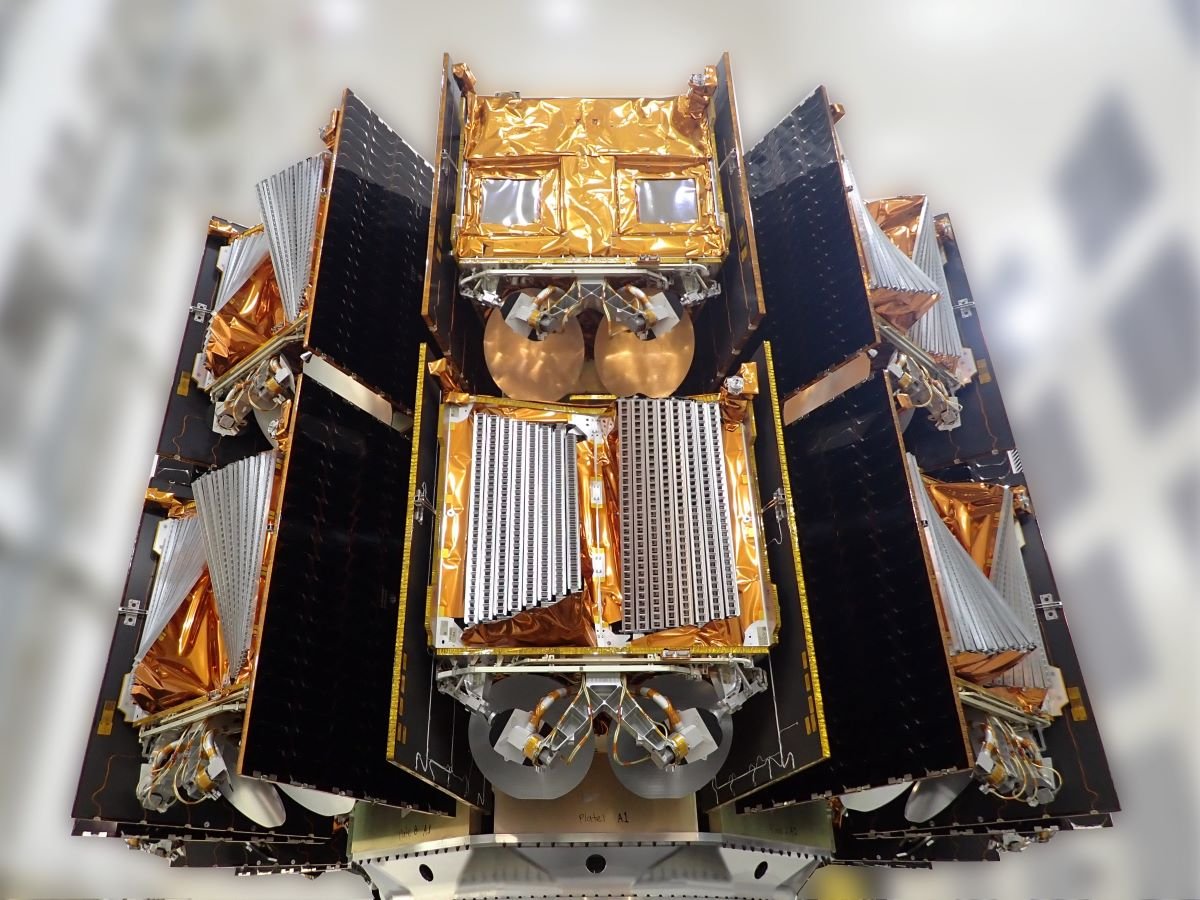The newly launched “Joey-Sat” GEN2 prototype satellite, operated by space broadband company OneWeb, of which the UK government owns a portion, has reported that its initial in-orbit testing has been successfully completed.
Passing those tests means that the satellite is now prepared to showcase the potential of its new technologies, which are meant to enable 5G communication and provide speedier broadband.
“It is exciting to see OneWeb’s JoeySat pass its initial in-orbit tests so that it can move on to demonstrate the huge potential of its innovative beam-hopping technology to enhance connectivity and improve people’s lives, whether that means better broadband services in remote places, or the ability to respond more effectively to emergency situations,” said the Missions and Capabilities Delivery Director at the UK Space Agency, Harshbir Sangha.
What is the “Joey-Sat” Satellite?
JoeySat is a beam-hopping satellite nicknamed after a baby kangaroo, which was launched into low Earth orbit on 20 May 2023.
The prototype was developed under the Sunrise Partnership Project between the European Space Agency and telecommunications operator OneWeb with support from the UK Space Agency.[1]
“The UK Space Agency has supported the mission with more than £50 million to fund both the game-changing technology behind JoeySat’s creation and the development of a wider ecosystem that will ensure a reliable and sustainable end-to-end service. We look forward to watching its next-generation capabilities come to life,” said Sangha
The aim of the prototype was to test key technologies for OneWeb’s next-generation constellation, such as a multi-beam phased array with beam-steering and beam-hopping antennas and an inbuilt digitally regenerative processor.
JoeySat’s totally digital and cutting-edge payload was constructed in less than a year utilizing commercially available parts, new space best practices, and a lean management approach.
The communications equipment manufacturer Satixfy constructed its innovative digital regenerative payload, and environmental tests on the payload were finished in the UK.
JoeySat is in a near-polar orbit and will transmit communications through ground-based stations in Sweden and Norway to show the full potential of adaptable payloads in future constellations with universal connectivity.
Additional experiments include the 5G pilot testing and end-to-end communications with dynamic resource allocation with the University of Surrey.
OneWeb has deployed 634 GEN1 satellites at 1,200km altitude, with 588 dedicated to coverage and the remaining serving as redundancy.
The network’s technical completion occurred in March 2023, but additional work, such as ground station deployment, is still needed before global coverage becomes available by the end of the year.
The company plans to launch 1,280 satellites in the future, possibly featuring a GEN2 model.
These satellites may operate at 8,500km altitude in a Medium Earth Orbit, offering increased data capacity, 5G network support, and enhanced navigation and positioning features.
The business still has to secure an additional £3 billion in investment before the first non-prototype GEN2 satellites are ready, which won’t be until 2024–2025.
What are Beam-Hopping Satellites?
Beam-hopping satellites are satellites that can switch their coverage between different locations faster.
This advanced technology allows beam-hopping satellites to connect people living in or traveling over broad geographical areas.
They may also change the strength of their signals, which enables them to react quickly to spikes in client demand, such as when emergency responders need to connect with one another during natural catastrophes or when there is high commercial demand.
References
- European Space Agency, ‘Beam-hopping JoeySat passes in-orbit tests,’ 31 July 2023, https://www.esa.int/Applications/Connectivity_and_Secure_Communications/Beam-hopping_JoeySat_passes_in-orbit_tests[↩]





